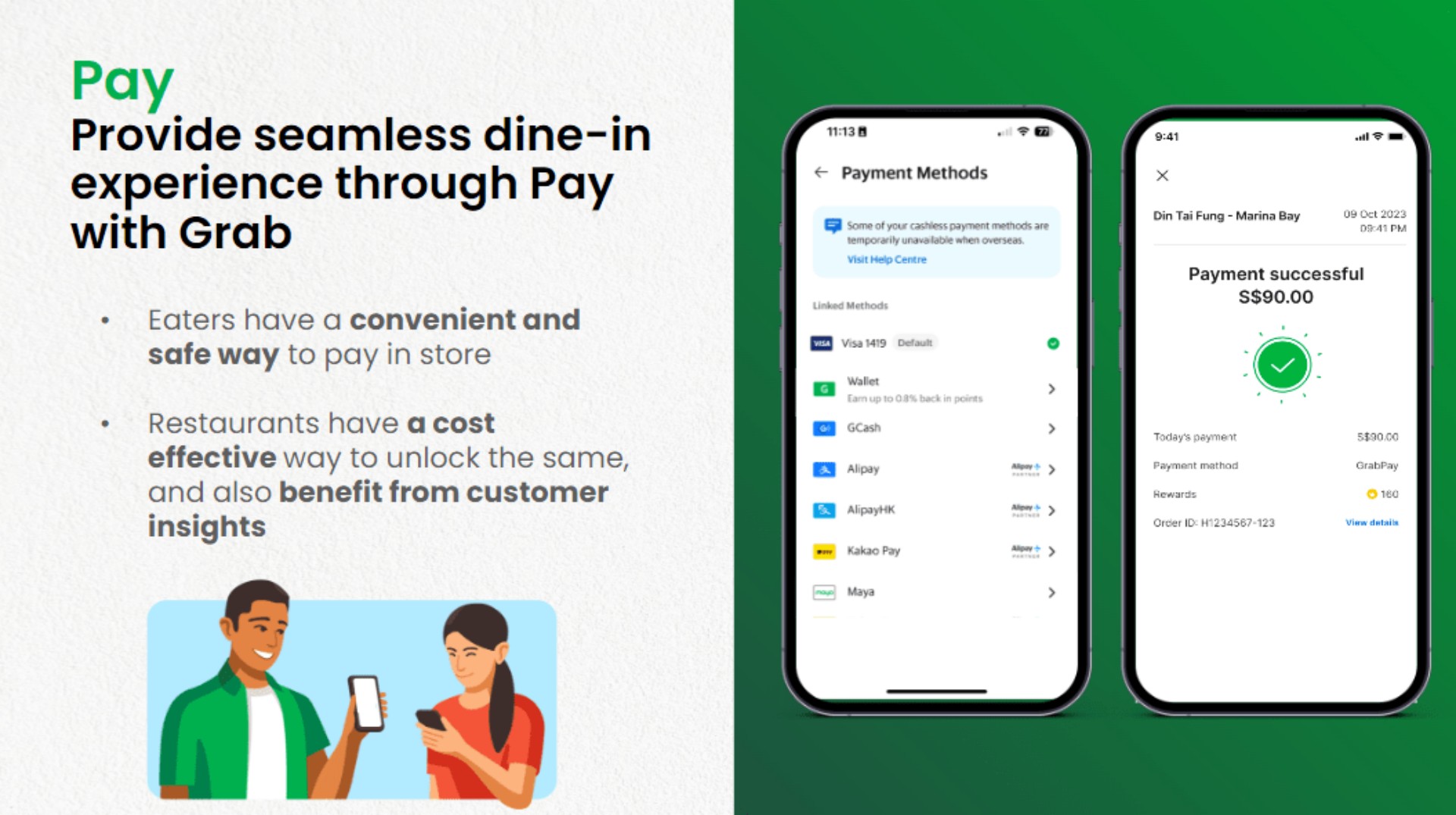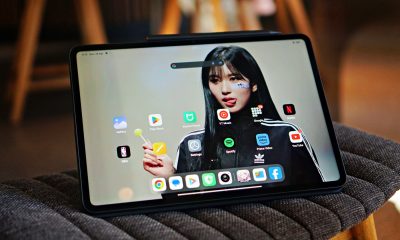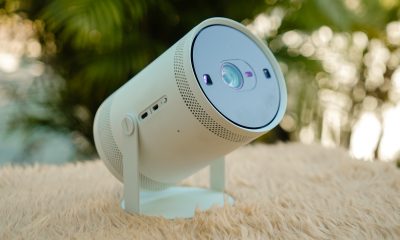

Back in July, an earthquake rocked Metro Manila. Unbeknownst to most but noticed by some, a globally renowned company was helping everyone through the natural incident: Google. In the few minutes leading up to and during the 6.7 magnitude earthquake, Android users received important alerts warning them of the ongoing tremors. Though it wasn’t the dreaded Big One, the alert afforded attentive users a few precious seconds to either seek appropriate cover or stop doing dangerous tasks.
Incidentally, the tech surrounding Google’s earthquake alert system wasn’t just hastily built on ongoing databases or social media. Google actually packed in a fully responsive earthquake sensor for Android phones.
Faster than an earthquake
The forever-increasing speed of technology has always been a contentious element since the rise of smartphones. Developers and users alike have wondered how accurate or quick our favorite devices can warn us of things happening around us. There’s even an XKCD comic about how Twitter can warn us of an earthquake minutes before it reaches the reader.
Over the years, technology has developed new ways to deliver alerts. From simple weather apps to city-wide messaging systems, users can receive warnings in a timely fashion. Practically nothing is a surprise anymore with the right technology.
That said, Google has successfully developed a new system that can rely on other Android smartphones to accurately tell whether or not an earthquake is happening.
A quake detector in your pocket
Speaking to Android Police, the feature’s lead engineer Marc Stogaitis described how Google’s earthquake sensor leveraged other devices to tell users about the quake. It all revolves around the different sensors built inside your phone.
As it is, every smartphone comes with a host of sensors to support its different functions. A light detector can seamlessly adjust brightness and camera settings, and a gyroscope can support compasses, for example. With earthquakes, the biggest element to ponder on is a smartphone’s movement and vibrations during an earthquake.
According to the lead engineer, figuring out the metrics for detecting an earthquake wasn’t a problem. After decades of accurate seismograph technology, developers already have an idea on what they need to measure.
However, the technology does not stop there. Naturally, there are hiccups to relying on just a single (or even every) phone’s data. For one, a city-wide messaging system can set off everyone’s phone in a single area, potentially causing false positives. Plus, relying on a single phone is definitely tricky. There are multiple actions which can cause vibrations akin to an earthquake.
Crowdsourcing a quake
The feature doesn’t rely on just one phone. It doesn’t tap into every Android phone in an area either. Instead, it collates data from phones plugged into a charger. Naturally, a plugged-in phone is the most reliable barometer in terms of battery reliability. They won’t die out in the middle of an earthquake and ruin a source of data. Additionally, charging phones are often stationary. They won’t be affected by motions that mimic earthquakes.
Google “listens” to charging devices in an area. If the subset meets the criteria for an earthquake, the company quickly determines the earthquake’s epicenter (based on approximate location) and magnitude. Once the system declares that a quake is indeed happening, it sends out an alert to nearby devices and gives them the time needed to seek shelter.
The alerts naturally prioritize people nearer to the epicenter. But, of course, the speed will ultimately depend on the phone’s connectivity. A phone hooked up to a building’s fast Wi-Fi connection will receive alerts faster than a commuter’s phone on data while going through a tunnel.
Still, the short time that the alerts give users is enough to save themselves from a precarious situation. Though the feature can potentially warn users of quakes minutes in advance, Stogaitis says that it will more realistically push alerts five to ten seconds before the incident. However, five seconds is enough to go under a table and have some sort of protection against falling debris.
Still keeping things private
For anyone worrying about how Google is handling their data, Stogaitis says that the company removes all identifiers from the data except for approximate location. And, despite that, Google still maintains that the feature will be the most accurate that it can be. Either way, the feature will be useful for any earthquakes in the future.
The earthquake sensor is available for any Android phone running Lollipop and above. Naturally, the feature still necessitates that users turn on emergency alerts on their phone.


TikTok lost its voice a few months ago. Back in February, the platform lost its rights to use and offer music from artists affiliated with the Universal Music Group. A few weeks ago, Taylor Swift, the biggest artist in that group, returned to the platform. Now, other artists are following suit.
In an official press release, Universal Music Group has announced a new licensing agreement between its artists and TikTok. As a result, users can once again fill their videos with music from artists such as Olivia Rodrigo and BTS.
With the new deal, TikTok’s woes in the music department are finally at an end. When the past deal ended, Universal initially refused a renewal, alleging that TikTok does not adequately pay artists for the use of their music. Once the deadline passed, TikTok was suddenly silent. Existing videos lost their music, and newly minted ones could not use the most popular selection of songs today.
Not surprisingly, Taylor Swift was ahead of the curve. Presumably because of her ownership over her masters, the world’s biggest musical artist returned to the platform without a new Universal deal. The return also came in time for Swift’s latest album, The Tortured Poets Department.
Now, the platform finally has Universal’s entire selection back. If your videos need that extra spice, now’s the time to get back into it.
SEE ALSO: Taylor Swift is back on TikTok

Huawei will soon have its own painting app specifically designed for tablets: GoPaint. This makes the manufacturer the first to have its own self-developed painting app.
Huawei already teased its audiences with a short clip posted on its socials with the caption “Creation begins here.” GoPaint will go live on May 7.
The app will come with a wealth of brushes, and brings easy-to-use features for painting. The eventual launch of this app eliminates the need for beginners to download third-party apps, like ibis Paint X and Sketchbook.
With the integration of GoPaint along with Huawei’s capable hardware-software architecture, Huawei is pushing itself to be a creation go-to for tech users. Previously, the brand held a GoPaint Worldwide Creating Activity last year, which saw creators around the world participate.
The app will surely complement Huawei’s recent lineup of tablets which includes the MatePad 11.5 PaperMatte edition and the MatePad Pro 13.2.
The PaperMatte edition tablet eliminates glare and prevents reflection and fingerprints, replicating the feel of traditional paper. On the other hand, the MatePad Pro 13.2 offers users a smooth and seamless experience for creation, work, content consumption, and more.
The MatePad Pro 13.2 particularly features an OLED screen and works with Huawei’s 3rd gen M-Pencil for more than 10,000 pressure sensing levels. Both tablets support multi-device interconnection, remote PC access, and multi-screen collaboration.
Apps
Here’s why Grab Philippines is now focusing on dine-in too
A pivot to support consumers and partners’ needs

In a bid to strengthen its omnicommerce strategy, Grab Philippines is pivoting to an approach that sees the app put equal priority to both dine-in and food pick-up and delivery.
Although Grab’s food delivery arm GrabFood has been known throughout the years for its food pick-up and door-to-door services, Grab is working on also enhancing the dine-in experience. This aligns with Grab’s even bigger goal of meeting the needs of both consumers and MSME merchant partners.
So why dine-in “using” Grab?
As discussed during the GrabNext 2024 conference, Grab is pivoting to support the shift in consumer preferences, while integrating digital convenience to in-person dining. This move is largely due to the resurgence of dine-in culture after the pandemic.
Grab’s hybrid service model incorporates both physical presence and digital efficiency, so Grab’s restaurant partners can capitalize on the increased foot traffic.
Pay With Grab, Instant Deals
To cater to both diners and its MSME partners, Grab has rolled out two new services: Pay With Grab and Instant Deals.
Pay With Grab allows diners to pay using the Grab app for contactless transactions. They may connect bank accounts or other e-wallets that they already have used for Grab to complete the transaction.
On the other hand, Instant Deals allows restaurants to offer customizable and timely promotions to attract more customers. These deals can be adjusted in real-time to reflect trends or even weather conditions. The deals will be shown on the restaurant’s GrabFood page.
How do I exactly dine-in with Grab?
Look at it this way: Grab is trying to have more consumers search for restaurants using the Grab app itself. Say for example you’re undecided where to eat or what to eat, Grab will help with that.
Oftentimes, Filipino diners ask out loud, “Saan puwede kumain (Where to eat)?” and “Saan ba masarap kumain (What’s a good place to eat at)?” With Grab’s new approach, they can simply open the app and see for themselves. If you end up finding an interesting restaurant that suites your cravings for that moment and also happens to have promos at the time, that’s a win for both you and the restaurant.
This is why Grab is incorporating particularly the Instant Deals service. As a return, their partner restaurants also benefit from more sales. After all, Grab isn’t the “all-in-one super app” for nothing.
Better support for MSMEs
Grab has also strengthened its support for MSME partners with enhanced omnicommerce that focuses on seamless integration.
First, Grab has unified the dine-in, pick-up, and delivery services into an easy-to-use platform for MSMEs to access. This tool supports inventory management, order tracking, and customer relationship management.
Moreover, MSMEs are provided with data-driven insights to better understand customer preferences, peak times sales patterns, and more. These advanced analytics will be useful for strategic decision-making on the restaurant’s part.
Grab also offers financial flexibility for its partners by offering access to GrabFin loans and faster settlement times.
Lastly, an Improved Marketing Manager tool empowers MSMEs to efficiently create and deploy marketing campaigns. This allows them to connect better with both digital and dine-in customers.
-

 Reviews1 week ago
Reviews1 week agorealme 12 5G review: It was enchanting to meet you
-

 Reviews4 days ago
Reviews4 days agoOnePlus 12R review: Making sense of OnePlus’ latest flagship
-
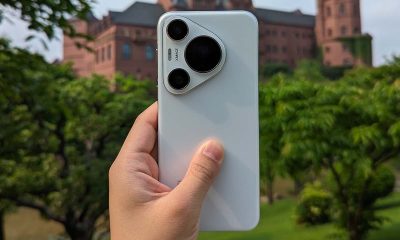
 Smartphones3 days ago
Smartphones3 days agoHuawei Pura 70 Pro Unboxing and First Impressions
-

 Buyer's Guide2 weeks ago
Buyer's Guide2 weeks ago2024 Samsung TV: Buyer’s Guide
-

 Smartphones1 week ago
Smartphones1 week agoInfinix NOTE 40 Pro+ 5G: Philippine pricing, availability
-

 Features1 week ago
Features1 week agoLOQ and LOAD: The Lenovo LOQ 2024 is for gaming and more
-
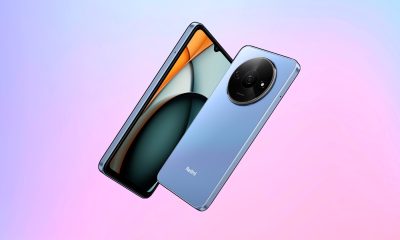
 News1 week ago
News1 week agoXiaomi Redmi A3 Philippine pricing, availability
-

 Gaming1 week ago
Gaming1 week agoStellar Blade review: Strenuous but Stylish






